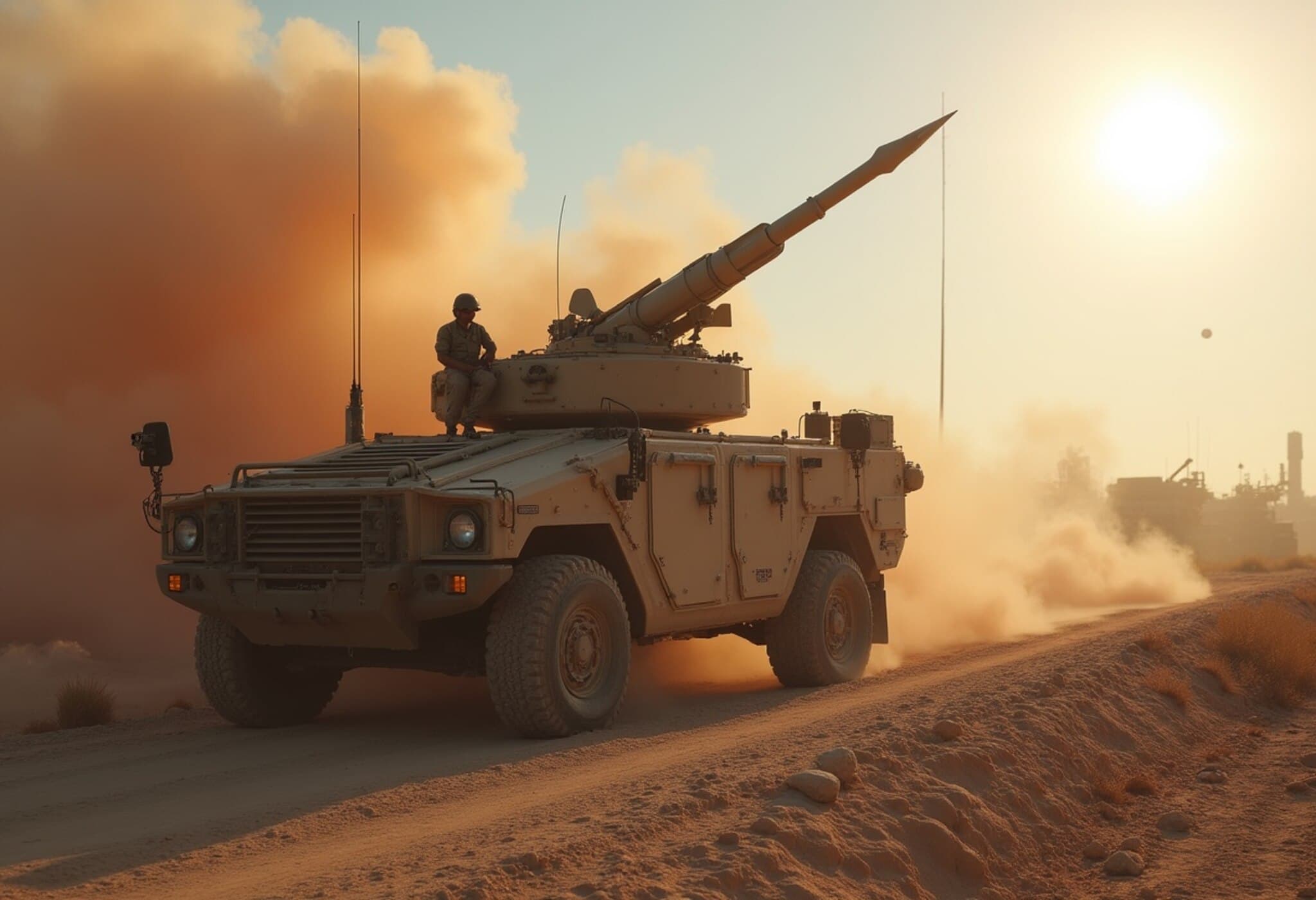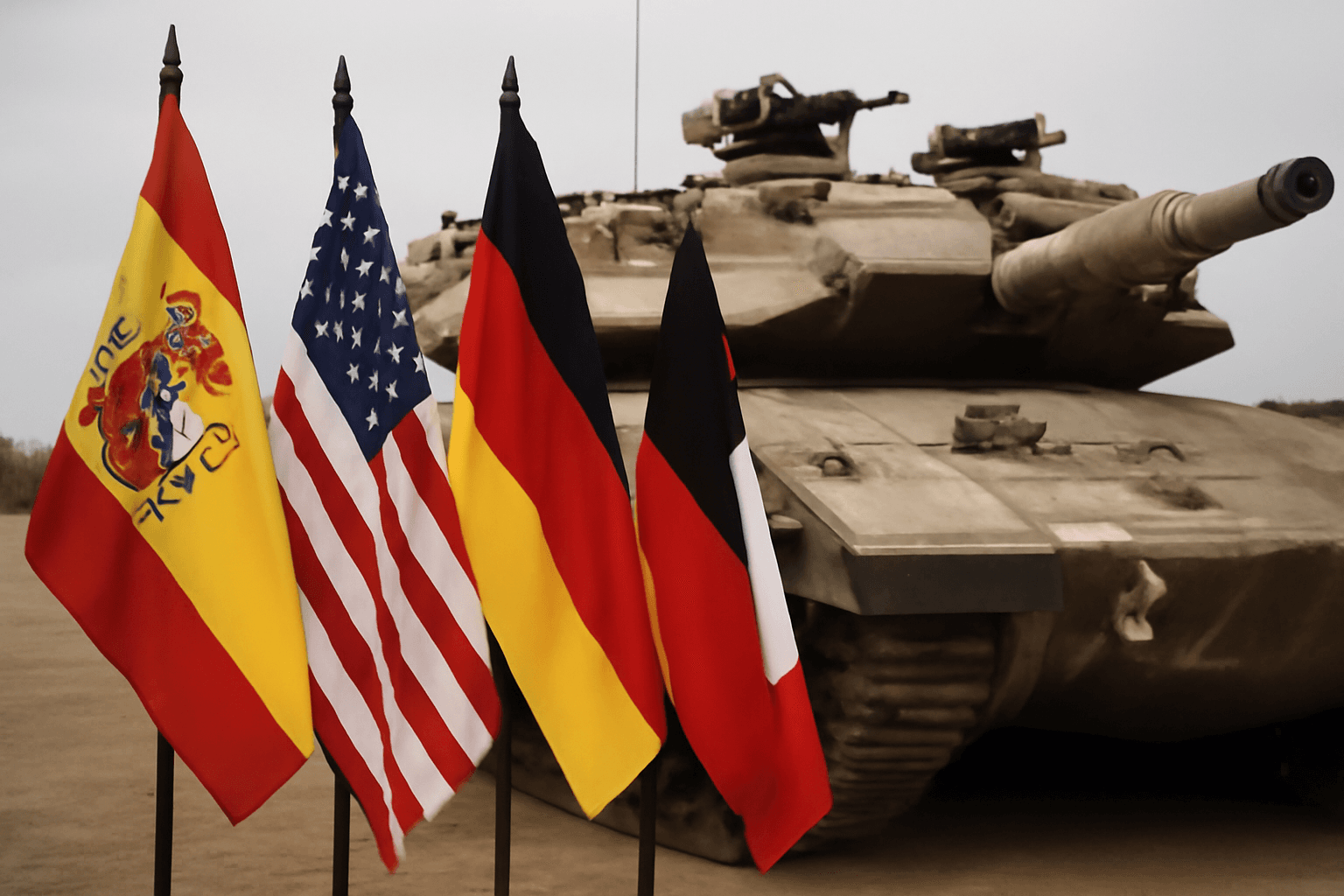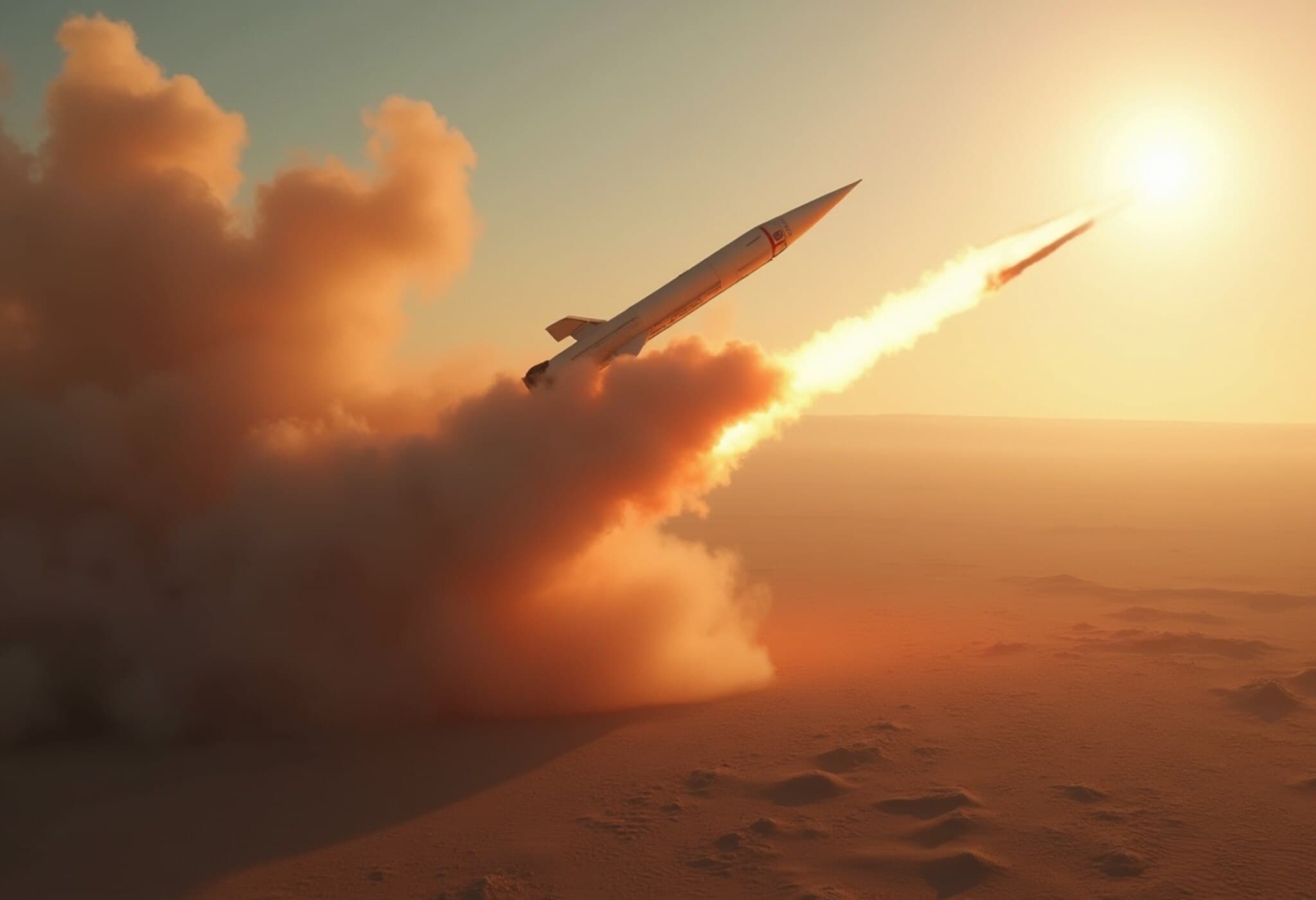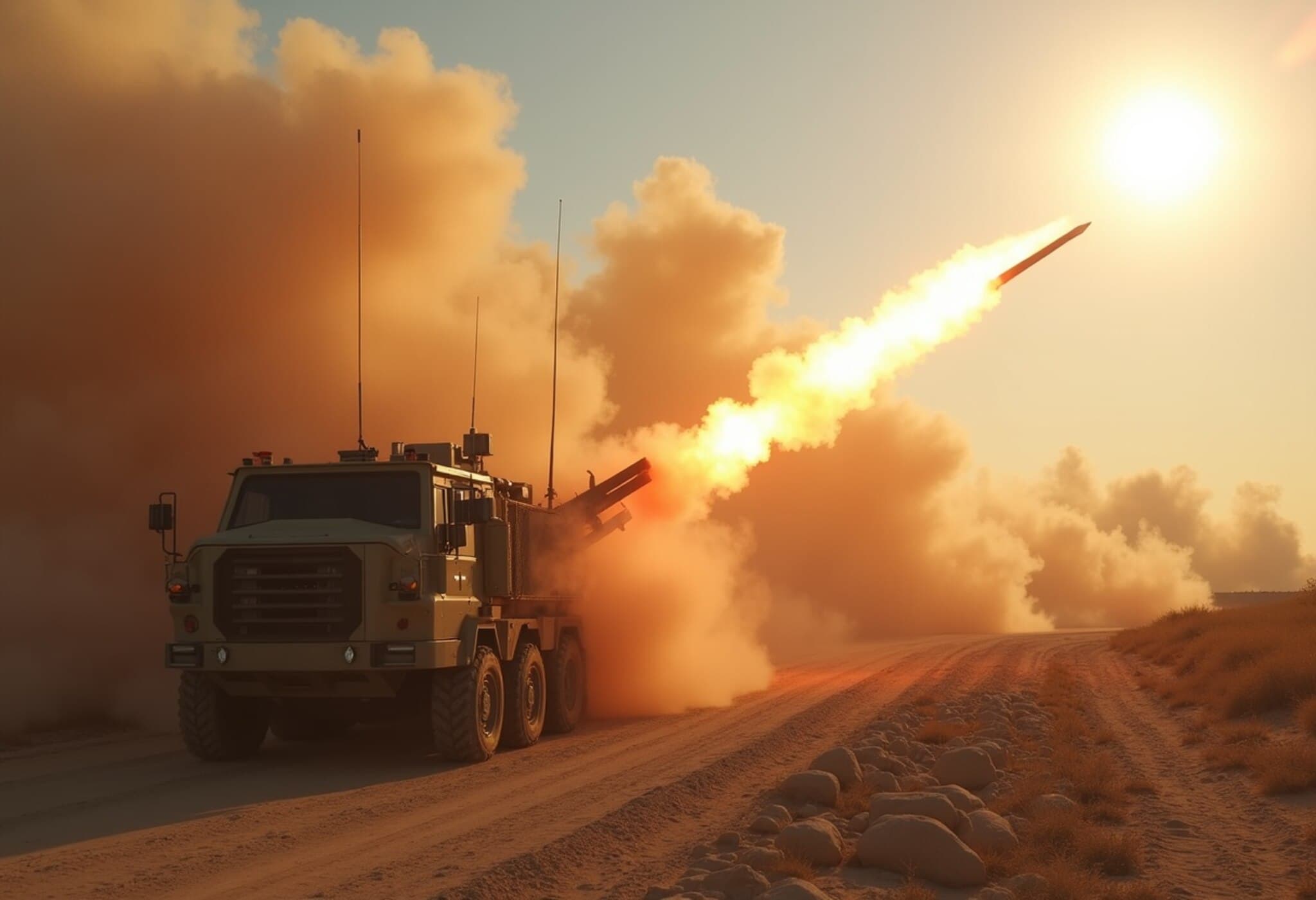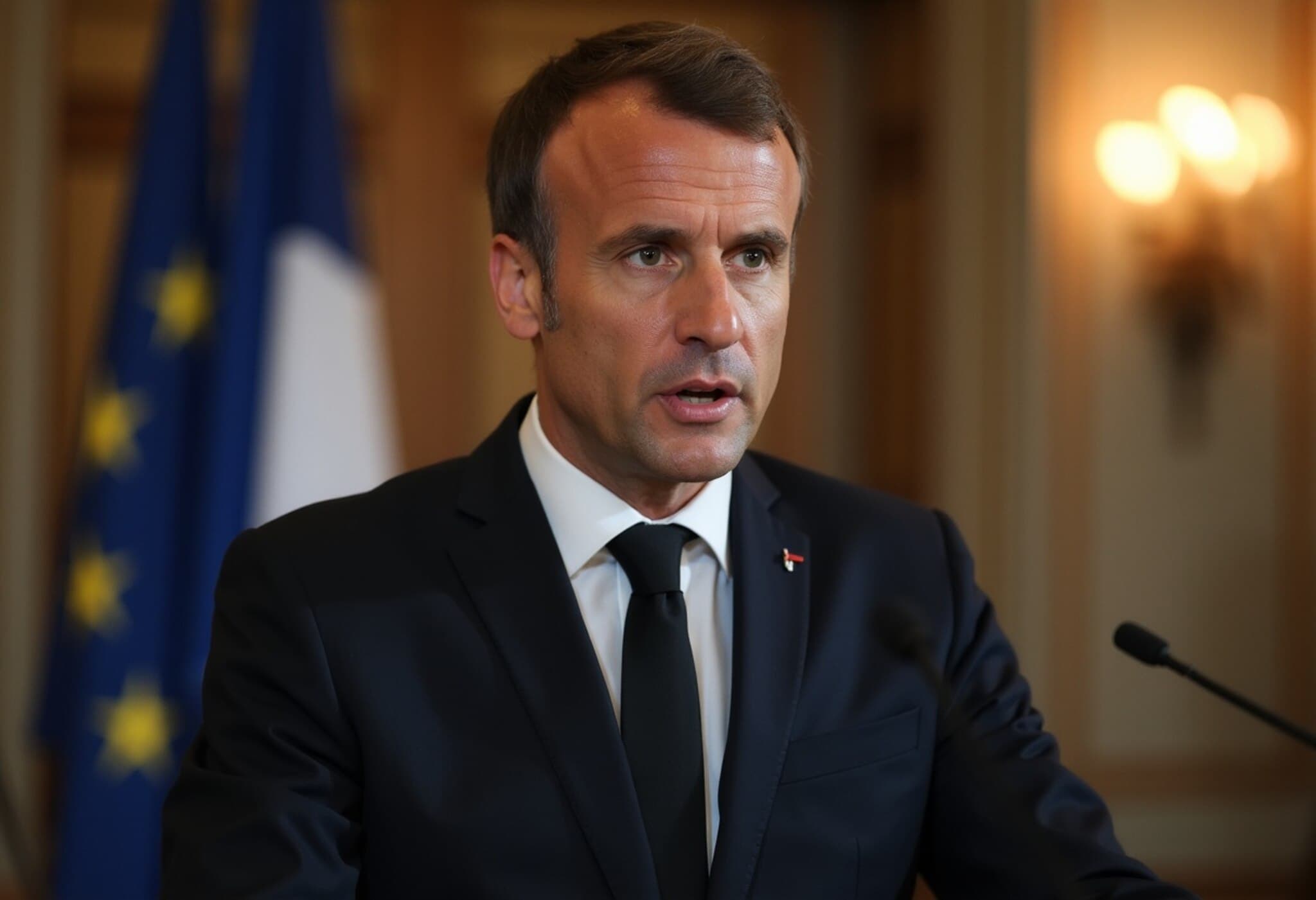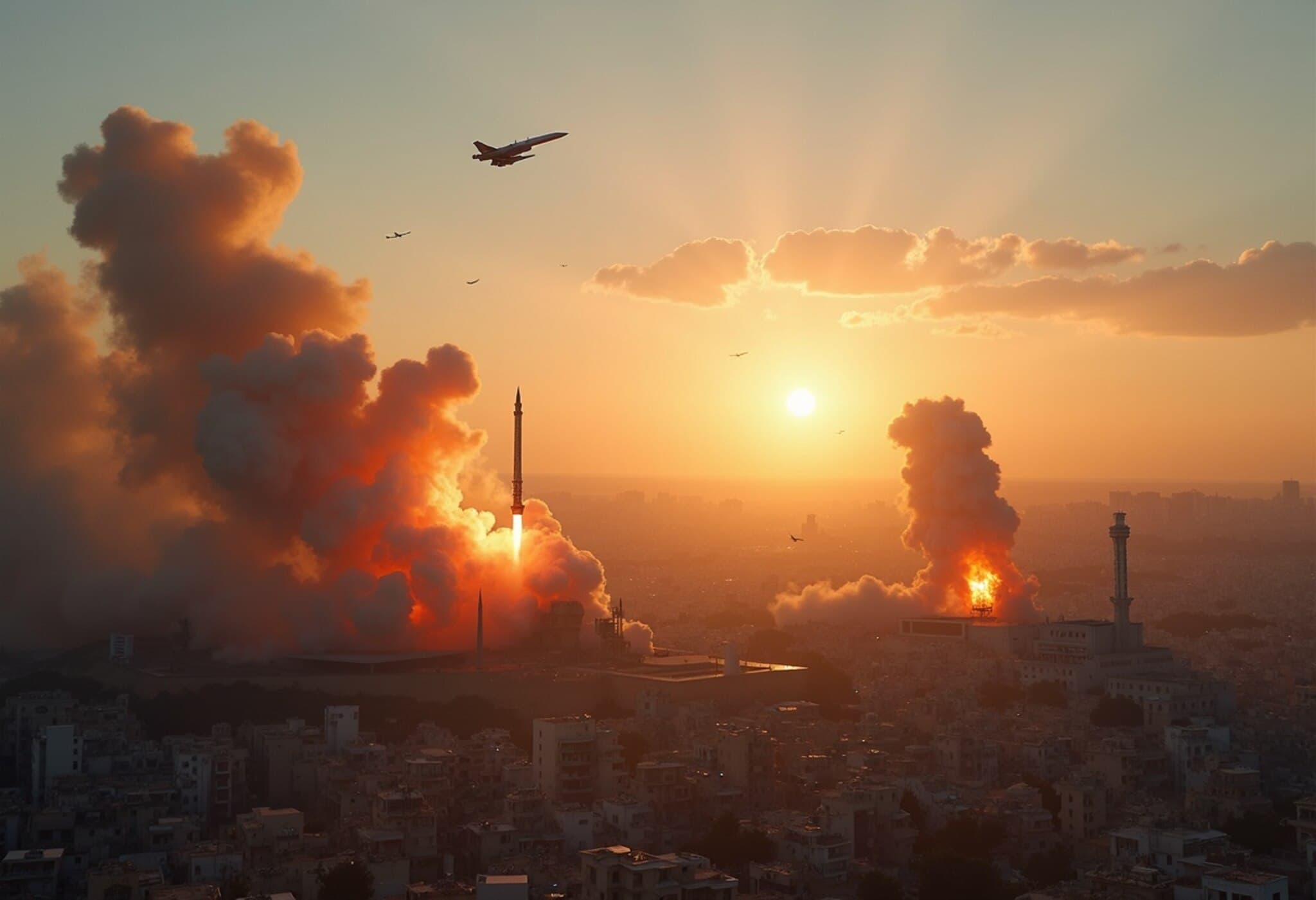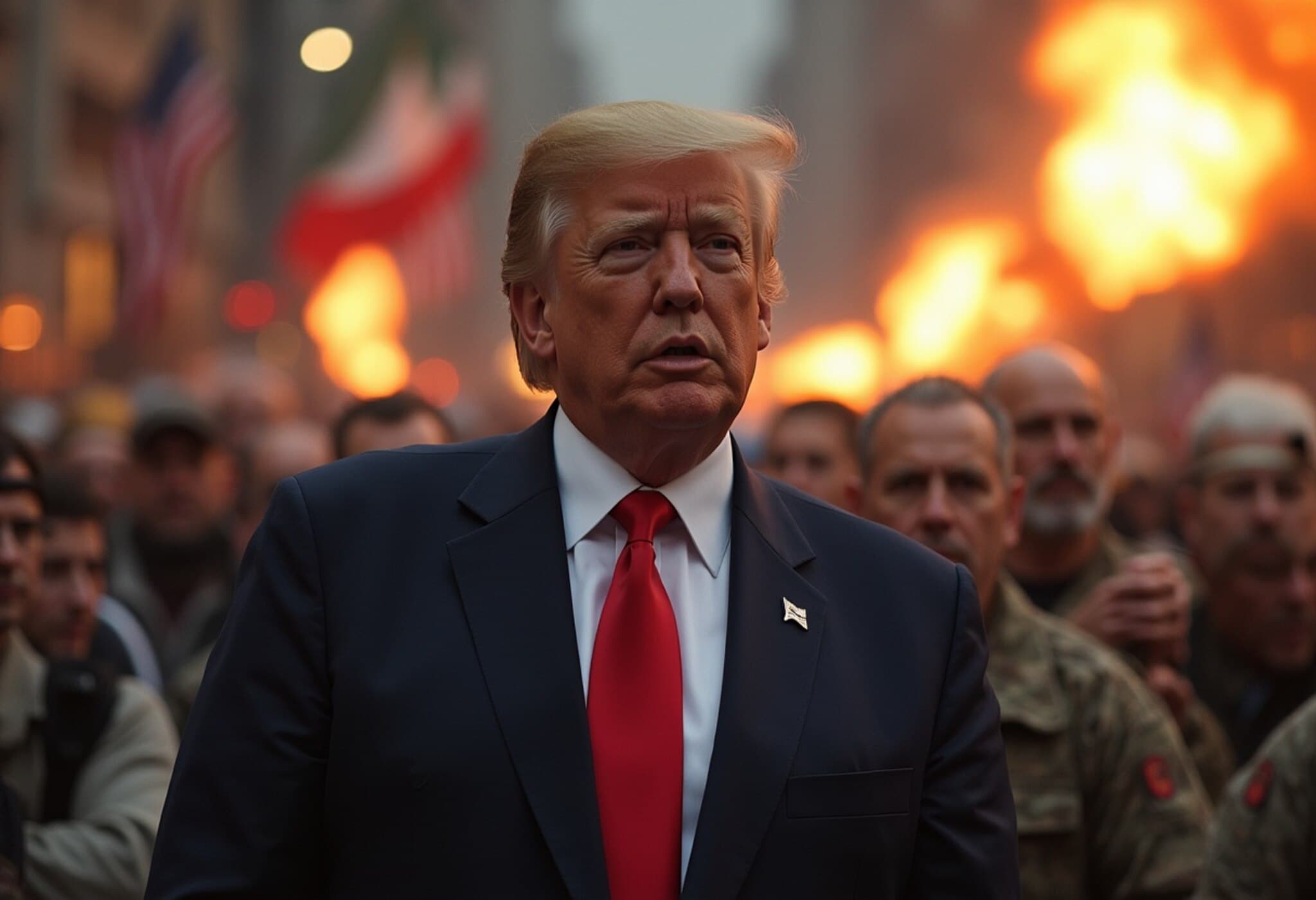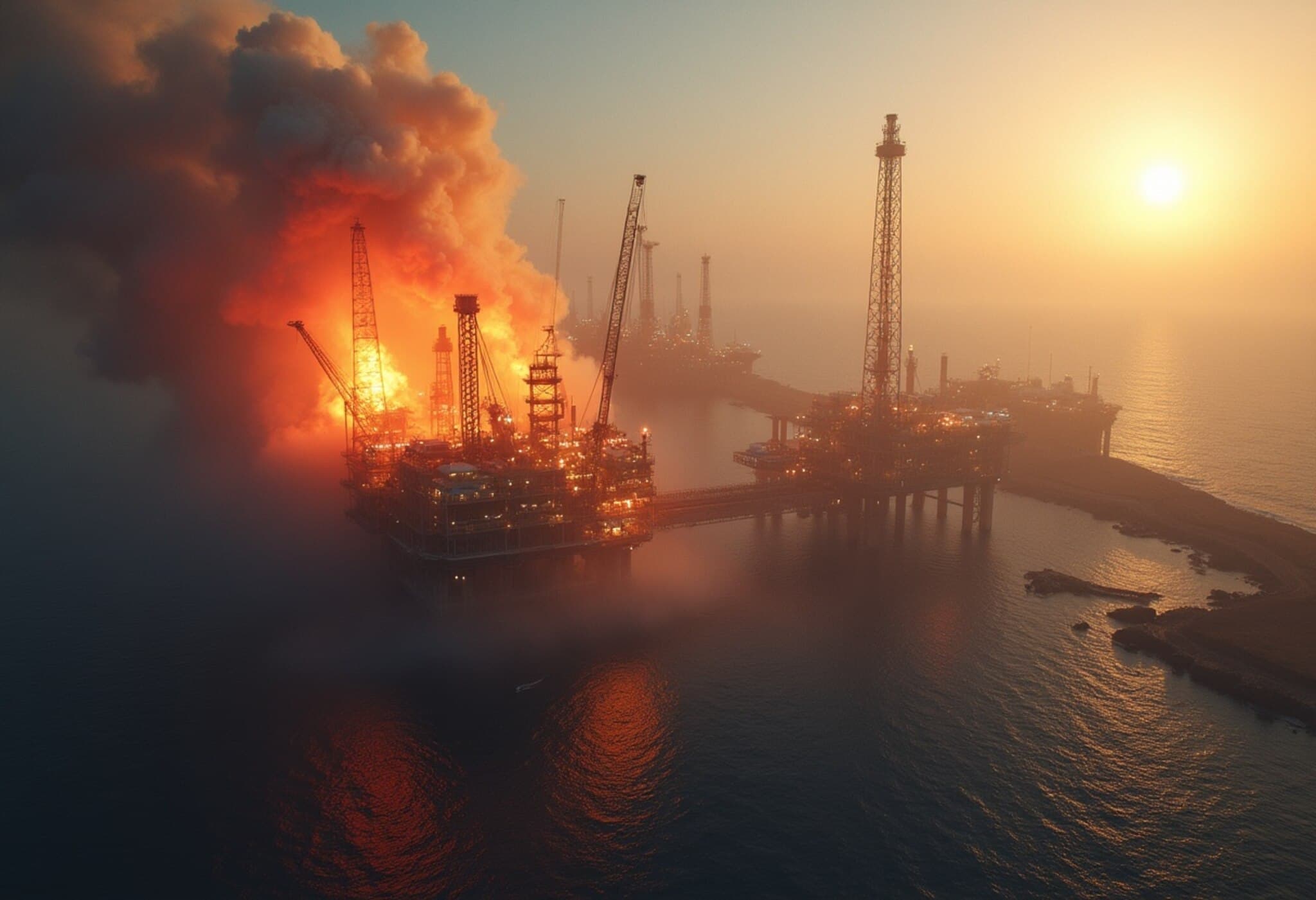Understanding Israel's Iron Dome Air Defence System
In recent days, escalating tensions between Israel and Iran have reignited focus on one of Israel's most renowned defensive technologies—the Iron Dome. This short-range, ground-to-air missile defense system integrates advanced radar and interceptor missiles to track and neutralize incoming threats, such as rockets and missiles targeting Israeli territory.
The Origin Story of Iron Dome
The development of the Iron Dome traces back to the 2006 Israel-Lebanon conflict when Hezbollah launched thousands of rockets into Israeli territory. Recognizing the urgent need for an effective defense, Israel's Rafael Advanced Defense Systems, in collaboration with Israel Aerospace Industries, initiated the project in 2007. The system officially became operational by 2011, designed to safeguard civilian populations across Israel.
How the Iron Dome Shields Israel
The Iron Dome excels at countering rockets, artillery shells, and mortars, collectively referred to as C-RAM threats. Additionally, it can intercept aircraft, helicopters, and unmanned aerial vehicles. The system operates by continuously scanning for incoming projectiles using radar. Once detected, its software calculates the trajectory to determine which threats are projected to hit populated or strategic areas. The Iron Dome then launches Tamir interceptor missiles to neutralize only those threats, allowing harmless projectiles to land in uninhabited zones.
Notably, Israeli Defense Forces report an interception success rate of approximately 90% against targeted rockets, underscoring the system’s operational effectiveness.
Composition and Costs Behind the Iron Dome
Across Israel, several Iron Dome batteries are strategically deployed. Each battery includes three to four missile launchers, with each launcher housing up to 20 Tamir interceptor missiles. These interceptors come with a significant price tag, costing between $40,000 and $50,000 each, according to defense analysis by Washington-based experts.
Israel’s Defense Spending Snapshot in 2024
Israel’s commitment to national security is reflected in its defense budget. In 2024 alone, the country allocated roughly 100 billion shekels (equivalent to about $28 billion) to military expenditures amid ongoing regional conflicts. This surge in spending has notably increased government borrowing and national debt levels, highlighting the economic pressures associated with sustained defense efforts.
The Strategic Significance
The Iron Dome remains a pivotal asset in Israel’s defense architecture, offering protection against a spectrum of aerial threats. With continued regional volatility, maintaining and investing in such advanced systems underscores Israel's strategic priorities for safeguarding its population and infrastructure.

